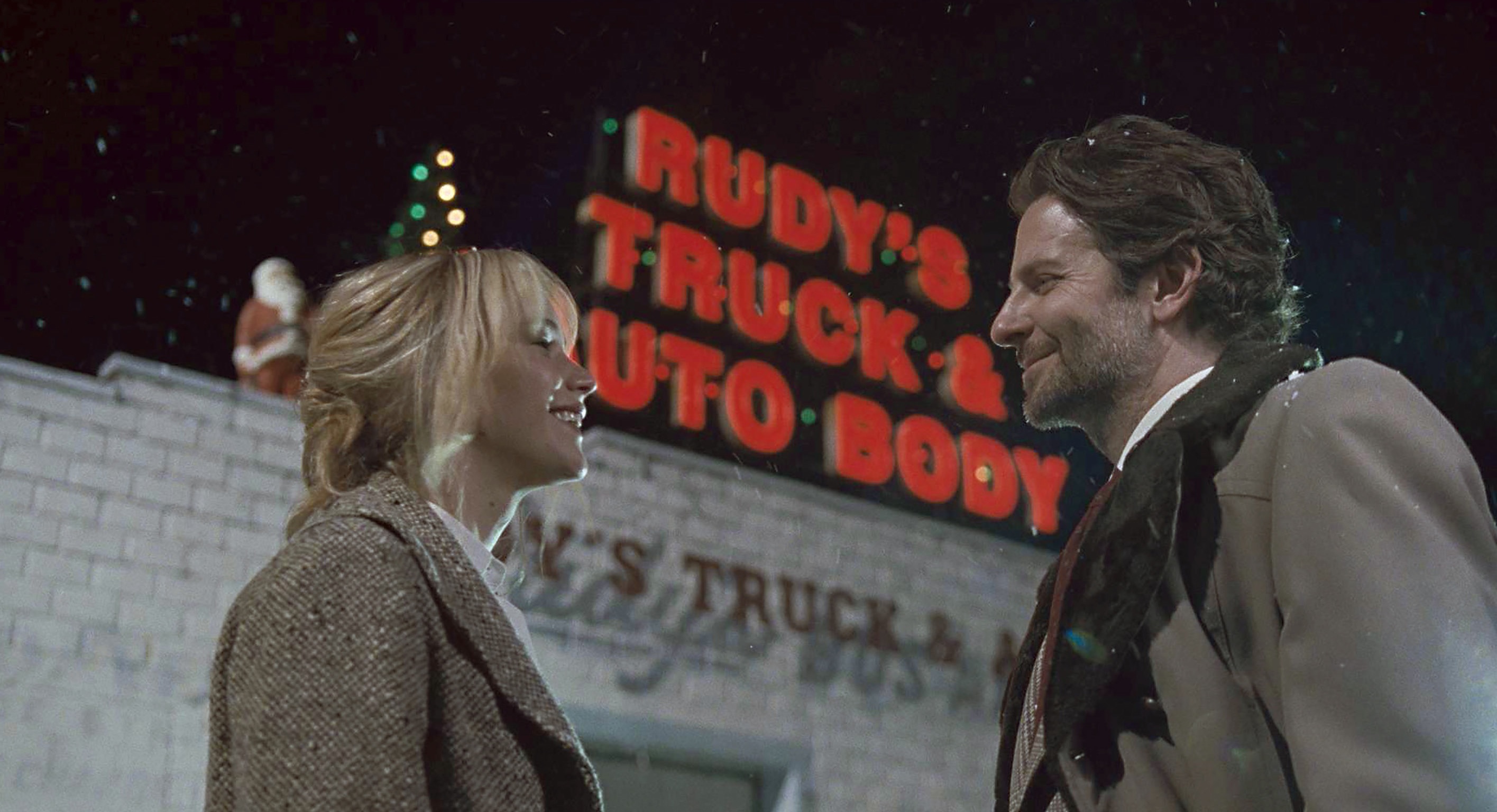DESIGN AND CRIME
by Hal Foster (Verso, $23)
“The art critic is an endangered species,” writes Hal Foster, and he’s in a position to know. Having long since left Seattle for the vagaries of the East Coast academic’s life, Foster made his reputation with his 1983 anthology The Anti-Aesthetic. Now a Princeton prof and editor at the art journal October, Foster’s unenviable task is to practice serious criticism at a time when, frankly, it’s never been held in less popular esteem.
This slim collection of essays isn’t going to generate any tears of sympathy from the average reader. There’s no shortage of good, popular cultural criticism being written at the moment; Foster references two such titles, David Brooks’ Bobos in Paradise and John Seabrook’s Nobrow, in generally dismissive terms. What to Seabrook seems a remarkable new convergence between culture and marketing is, for Foster, old news. He cites the Frankfurt School and Theodor Adorno, whose “culture industry” anticipated the same trend five decades earlier.
Foster knocks Seabrook for not doing more research on the street (into hip-hop boutiques and so forth), but he’s the one who sounds more like the cooped-up ivory tower intellectual who needs to get out. Given his volume’s title (a riff on the 1908 Adolf Loos essay “Ornament and Crime,” in which the high-modernist architect decried frivolous building adornments), it’d be nice if Foster would spend more time indicting the design criminals of our era.
Who are they? Martha? Definitely. Ralph? Probably. Postmodernists like Seattle Art Museum architect Robert Venturi? Implicitly. Even his old Lakeside School chum Bill Gates is a suspect, but Foster’s not the type to muss theory with particulars. Where Seabrook and Brooks may risk looking ridiculous by surveying Gucci and REI for street-level signs of our culture, trying on the overpriced T-shirts and parkas, Foster insists upon always wearing the same tweed uniform.
On his lapel, as it were, is a hatred of commerce (signified by the Reagan-Thatcher nexus, Bushes I and II, etc.), which systematically appropriates aesthetics into “the pervasive design-and-display culture”—or, to put it another way, shopping. Foster steadfastly resists any connection between consumerism and design, because to do so threatens the entire critical enterprise (his job, in other words). Without standards, he argues, “our paradigm-of-no-paradigm can also abet flat indifference.”
But even as we philistines stride through Pacific Place, shopping bags swinging triumphantly, Foster addresses two of Seattle’s most important—or most discussed—new buildings: Frank Gehry’s EMP and Rem Koolhaas’ planned downtown public library. For Foster, Koolhaas is a genius and Gehry a charlatan. “Gehry allows his skin to dominate his structure,” he sneers. “Some of his projects resemble the baubles set on corporate plazas in the 1960s and 1970s, and some look as though they could be broken into with a can opener.”
By contrast, Koolhaas “may be the most gifted architect-polemicist since Le Corbusier.” What does Foster think of our imminent new library? Again, this is where he ought to hit the pavement and tell us why Gehry’s “strained disorientation” between skin and structure doesn’t match the “formal logic” of Frank Lloyd Wright’s Guggenheim (a logic that Koolhaas presumably shares). Foster’s smart enough to talk the talk, but won’t deign to walk the populist walk—to take us through the well-designed mall or library or boutique (like the Koolhaas-designed Prada store that recently opened in New York—to decidedly mixed reviews).
Is it too much to ask for an art critic to renounce jargon—which clogs Crime‘s mostly unreadable middle section—and embrace the popular argot? The academy and the street have perhaps never been so far removed as today; yet paradoxically, good design has never been more widely and popularly disseminated. Look at the iMac, the iPod, the new Mini and Beetle, the Motorola V70 cell phone, the Garbo wastepaper basket, all the designy stuff you can buy at Kmart or Target.
Is it really a crime that the average (read: uneducated) consumer can buy well- designed things at popular prices? Are they really unwitting prisoners of the culture industry? Can there be no freedom in choosing what pleases, amazes, or informs? To be sure, shopping and gallery-going are two different activities, but the underlying process of selection is the same—even if the mall-goer’s vocabulary is less advanced than the aesthete’s.
Ever the proud, smart, self-marginalizing critic, Foster would do well to collapse the distinction between the two spheres. If Foster would deign to join Brooks, Seabrook, and company in writing about pop culture, his intelligence might draw a few readers back into the museum.









